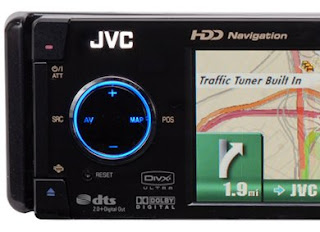 Last evening at the The D Conference, Microsoft bigwigs Gates and Ballmer talked about the company's core business, Operating Systems. Ballmer shared a video snippet of Windows 7's multitouch support on a Tablet PC. Click Read More! link for the video
Last evening at the The D Conference, Microsoft bigwigs Gates and Ballmer talked about the company's core business, Operating Systems. Ballmer shared a video snippet of Windows 7's multitouch support on a Tablet PC. Click Read More! link for the video
Multi-touch computing has been demonstrated by Microsoft before, with the Surface that was introduced to the public by Glenn Derene, of Popular Mechanics, in July. They have sold these Surface systems to the a hotel chain and a couple mobile communications providers, so far.
The ten thousand dollar Surface is more showpiece that PC, but it does present a new interactivity were dragging and dropping virtual content to physical objects becomes a reality. Using WiFi, special machine-readable tags (RFID), and shape recognition the table can see what's placed on it and interact accordingly. Dragging a few pics over to your phone, sitting on the Surface, actually places the pics in the phones memory; no syncing, no cord... just done. Getting pics off a digital camera work similarly. Place the camera on the Surface, and instantly the images are available.
Data visualization has been on the minds of database designers for decades. Virtual reality...
promised data visualization and physical interactivity, but stepping into a computer is a bit much. The approach of conforming the interface to the user is much more palatable.
Microsoft, along with companies like NYC based Perceptive Pixel, are pushing this technology into the hands of government and corporate buyers, luckily for us little people this may led to more innovation in the way of cheaper solutions.
Read more!


















